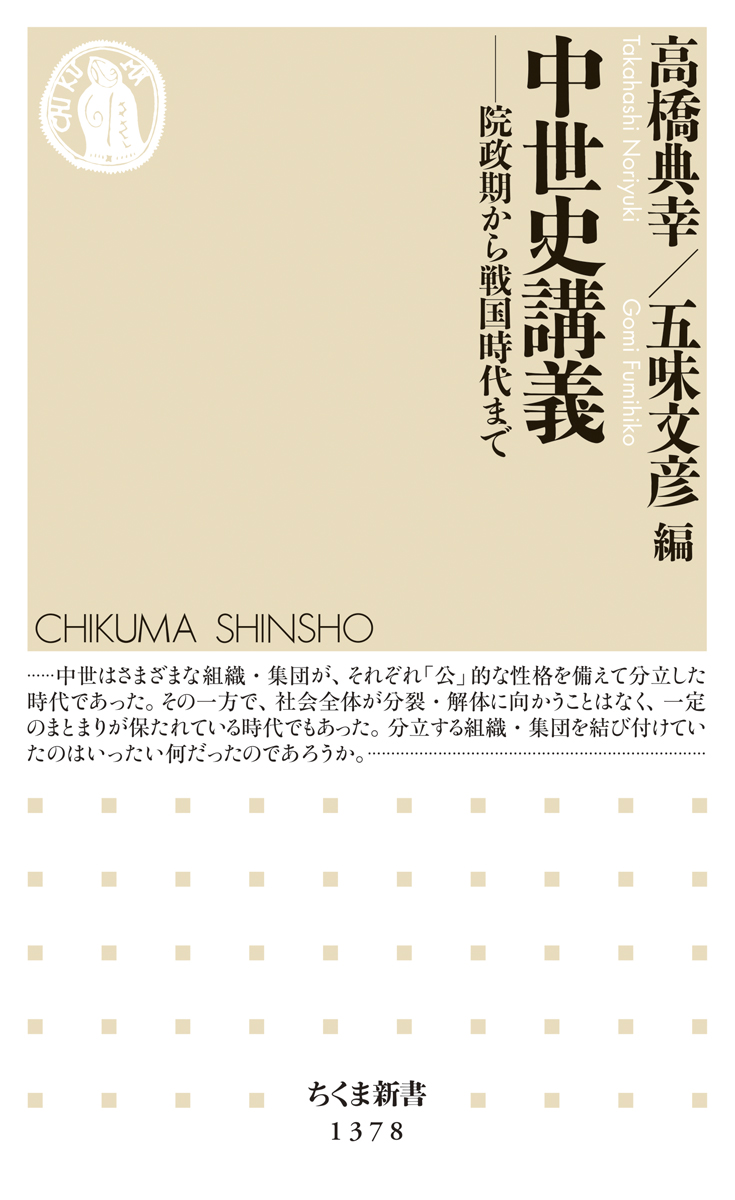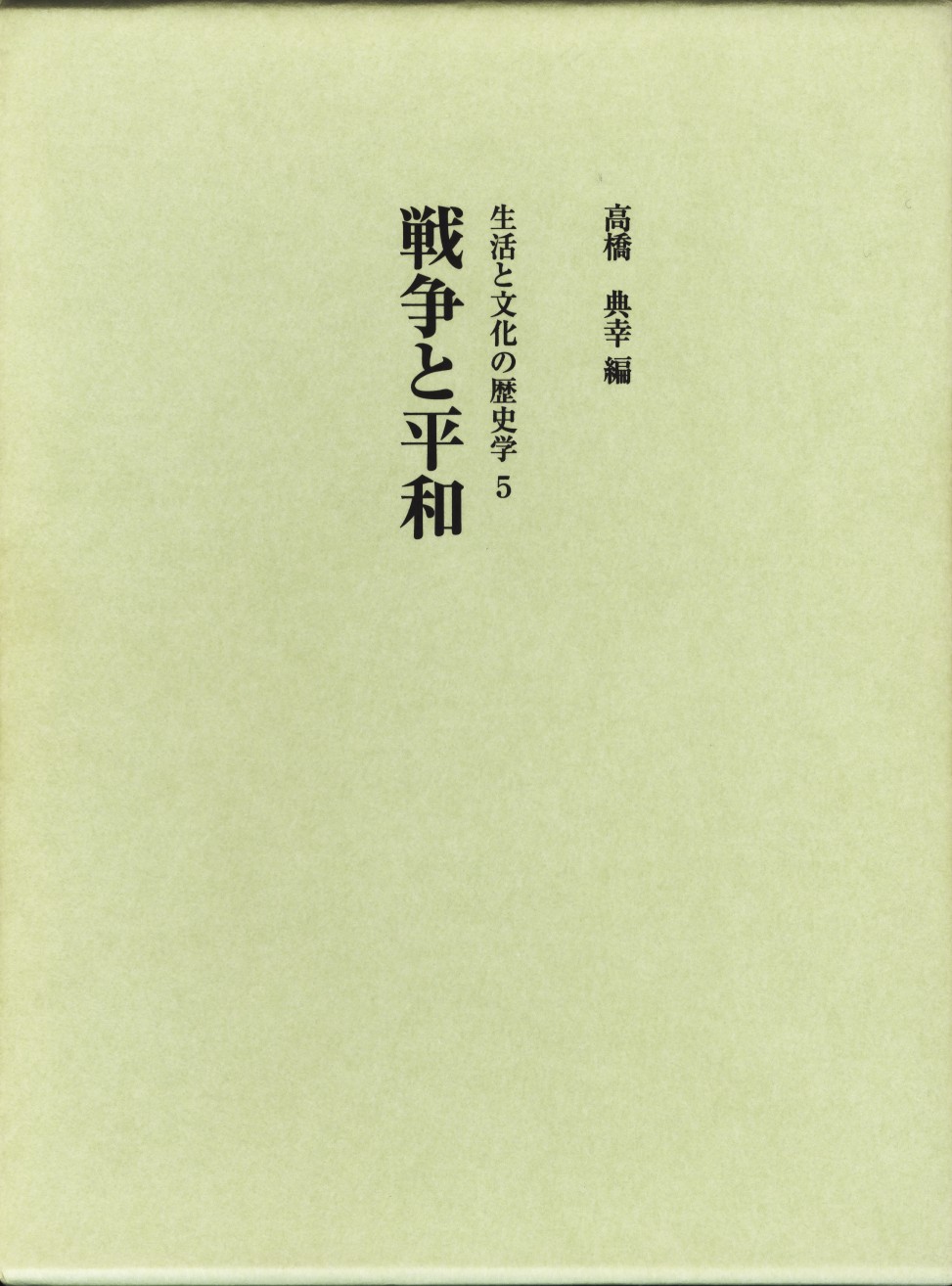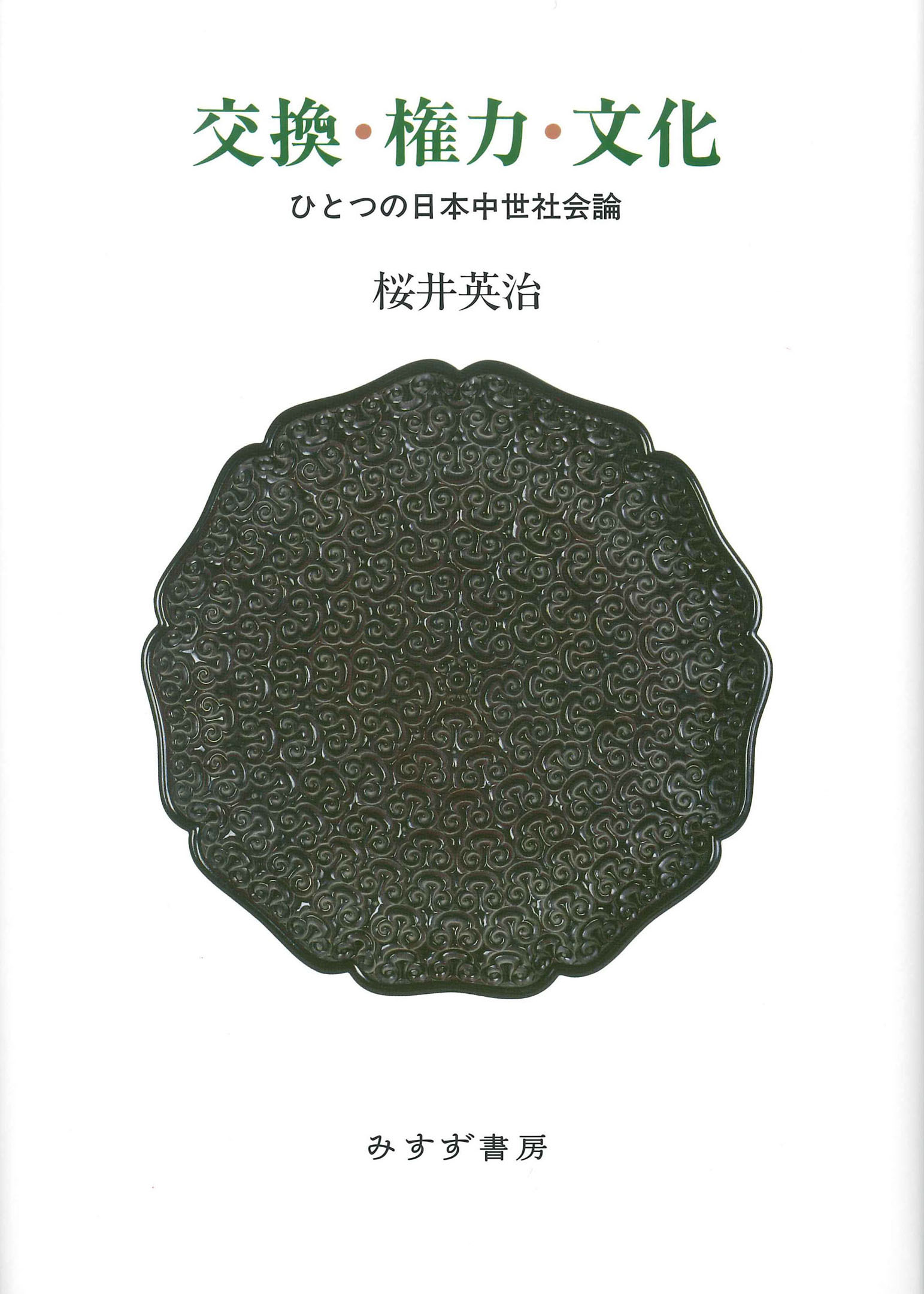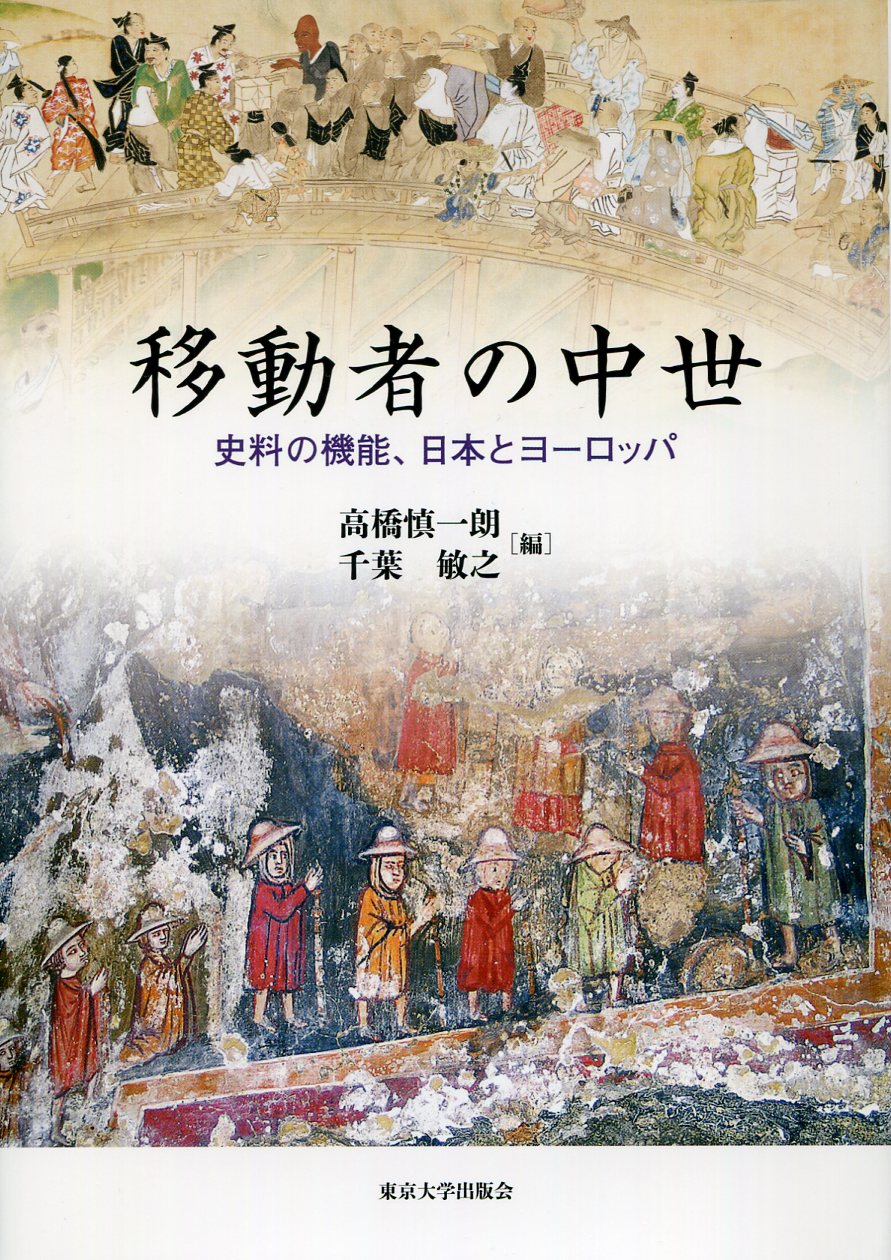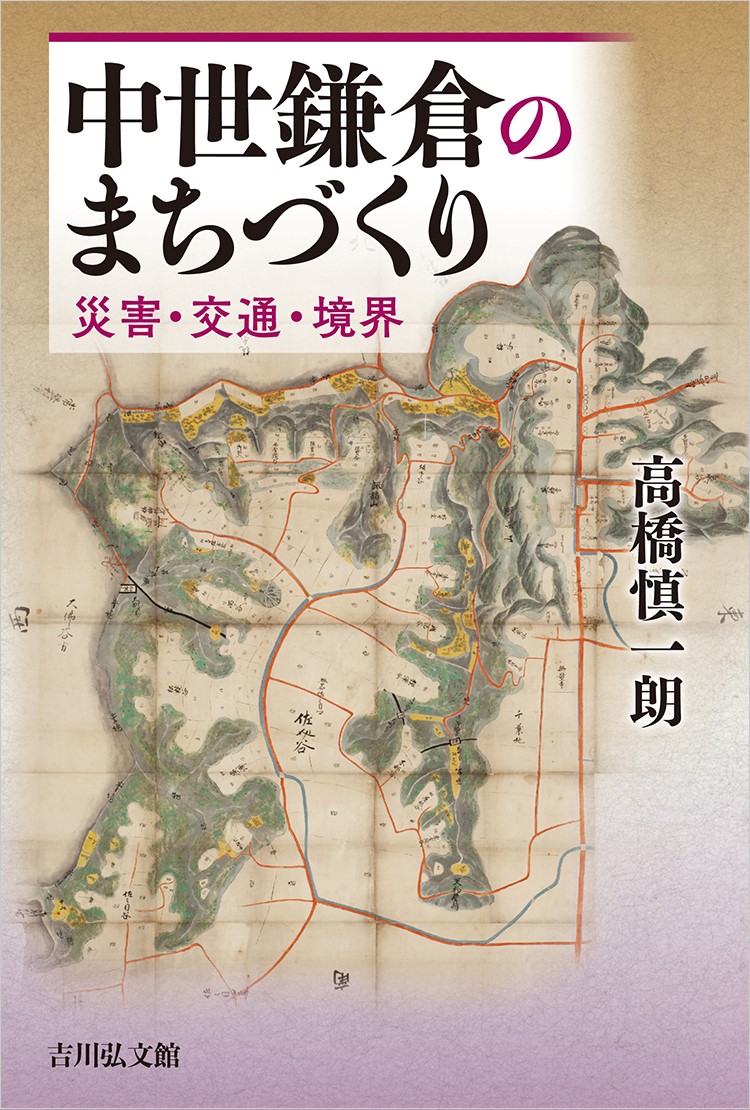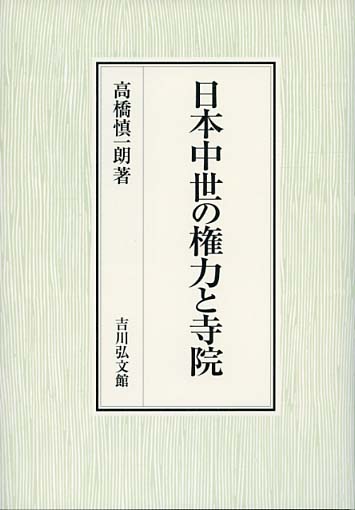
Title
Nihon Chusei no Kenryoku to Jiin (Power and Temples in Medieval Japan)
Size
284 pages, A5 format
Language
Japanese
Released
August 01, 2016
ISBN
978-4-642-02932-2
Published by
Yoshikawa Kobunkan
Book Info
See Book Availability at Library
Japanese Page
The medieval period in Japan covers the period from the establishment of the cloister government (insei) in the second half of the eleventh century to the time of Oda Nobunaga’s rule in the second half of the sixteenth century. What sort of period was this medieval period? It was a time when warriors and temples (and shrines) emerged as powerful new forces. As a result of the Taira régime and the subsequent establishment of the Kamakura shogunate there was born in Japan a warrior government that fulfilled the military and police functions of the state and was independent of the imperial court. Meanwhile, temples during the medieval period did not simply provide spiritual sustenance for those in power, and through their acquisition of armed forces and an economic base in the form of landed estates they also became a secular power able to exert pressure on the court and warriors.
This book is a study that clarifies how warriors and temples, which emerged in the medieval period, competed with the existing power of the imperial court and court nobility and how, while cooperating closely with each other, they each extended their own power. In particular, I focus on Rokuhara in Kyoto, a place where the three powers of the court, warriors, and temples were intricately intertwined, thus providing a condensed picture of medieval society, and I examine the realities of each of these three powers.
First, in part I, “The Development of the Power of Warrior Families,” I clarify the realities of changes in the internal structure of the power of warrior families, the realities of its penetration into the provinces, and the realities of the activities of those in the lower echelons of this power structure. The Taira régime based in Rokuhara and the Rokuhara deputies, agents of the Kamakura shogunate stationed in Rokuhara, coordinated with the court, also based in Kyoto, regarding political leadership and formed close relationships with nearby temples.
Next, part II, “The Seizan Branch of the Pure Land Sect and Temple Society,” deals with the Seizan branch of the Pure Land sect which, although possessing enormous influence during the medieval period, has not attracted much attention in the past because it fell into rapid decline in the early modern period, and as well as unearthing some basic historical sources, I clarify its relations with warriors and court nobles. The Seizan branch built various networks with court nobles, warriors, and temples of other sects and, winning the backing of the authorities, extended its power. But in the course of the major shift in power that occurred from the medieval to early modern periods the Seizan branch was unable to form a collaborative relationship with the new unifying power and went into decline. It was confirmed that during the medieval period the Seizan branch gradually increased its influence in society by leveraging not its own strong power but its collaborative relations with various other forces.
This book thus shows how the three powers in medieval Japan built up close relations with each other, with the locality of Rokuhara in Kyoto in particular serving as a place for exchange between them.
(Written by TAKAHASHI Shinichiro, Professor, Historiographical Institute / 2018)



 Find a book
Find a book


 eBook
eBook